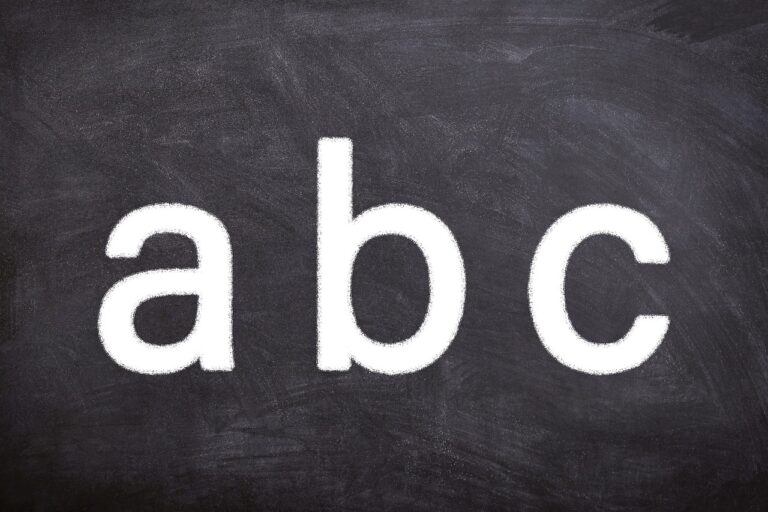The Role of Educational Technology in Student Assessment
Traditional assessment methods, such as multiple-choice exams and standardized tests, often rely heavily on memorization and regurgitation of facts. This can lead to a surface-level understanding of the material rather than a deeper comprehension of the subject matter. Additionally, these traditional methods may not effectively assess critical thinking skills or creativity, which are essential in today’s rapidly evolving world.
Furthermore, traditional assessments can create a sense of competition among students, leading to stress and anxiety that can hinder the learning process. Students may focus more on achieving high scores rather than truly grasping the concepts being taught. This emphasis on grades can also contribute to a fixed mindset, where students view their intelligence as static rather than something that can be developed through effort and learning.
Benefits of Using Educational Technology in Student Assessment
With the advancements in technology, educational institutions are increasingly incorporating digital tools into student assessment practices. These tools offer a multitude of benefits, such as enhancing the efficiency and accuracy of assessments. By utilizing educational technology, educators can streamline the grading process and provide timely feedback to students, fostering a more dynamic learning environment.
Furthermore, the use of educational technology in student assessment promotes personalized and adaptive learning experiences. These tools allow educators to tailor assessments according to individual student needs and learning styles, ensuring a more customized approach to evaluation. Through the integration of technology, students can receive targeted support and resources that cater to their specific strengths and areas for improvement.
How can educational technology help in overcoming challenges in traditional assessment methods?
Educational technology can provide more interactive and engaging assessment tools, allow for instant feedback, enable personalized learning experiences, and streamline the assessment process.
What are some specific benefits of using educational technology in student assessment?
Some benefits include increased student engagement, improved data collection and analysis, easier tracking of student progress, enhanced collaboration among students, and the ability to tailor assessments to individual student needs.
Are there any downsides to using educational technology in student assessment?
While educational technology offers many advantages, some potential downsides include the need for proper training for teachers and students, the risk of technical issues disrupting assessments, and concerns about data privacy and security.
How can teachers ensure that educational technology is used effectively in student assessment?
Teachers can ensure effective use of educational technology by providing adequate training for themselves and their students, selecting appropriate assessment tools based on learning objectives, monitoring student progress and adjusting assessments as needed, and regularly evaluating the impact of technology on student learning.





